Are you interested in the history and impact of religion? These are the top religion museums in Lower Saxony:
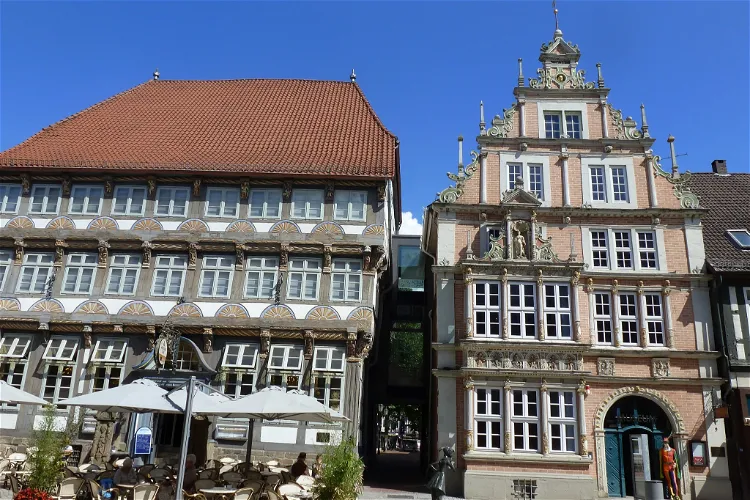
Museum Hameln
HamelinThe Museum Hameln is situated in two significant buildings from the Weser Renaissance period in the historic old town of Hamelin, the Leisthaus and the neighbouring Stiftsherrenhaus. These buildings are not only important for their architectural value but also for the rich history they hold within their walls. Visitors can explore the museum's extensive collection that tells the story of the city and its surrounding region.
Heimatmuseum Wennigsen
Wennigsen (Deister)The Heimatmuseum Wennigsen is a significant monument situated in the municipality of Wennigsen (Deister). The museum is housed in a half-timbered house that was constructed around the year 1700. This building has a rich history, having once served as a mill. This historical context adds a unique charm to the museum, making it a fascinating place to visit for those interested in architecture and history.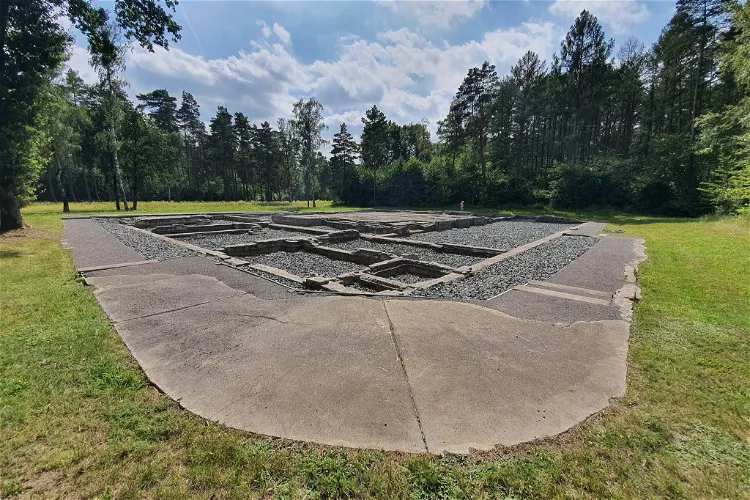
Bergen-Belsen Concentration Camp
LohheideBergen-Belsen was a concentration camp during the Nazi era, situated in the present-day German state of Lower Saxony, specifically in the urban district of Celle. It was operational from 1940 and initially served as a camp for prisoners of war. Over the years, it saw a significant increase in population, especially with the arrival of Soviet prisoners in 1941.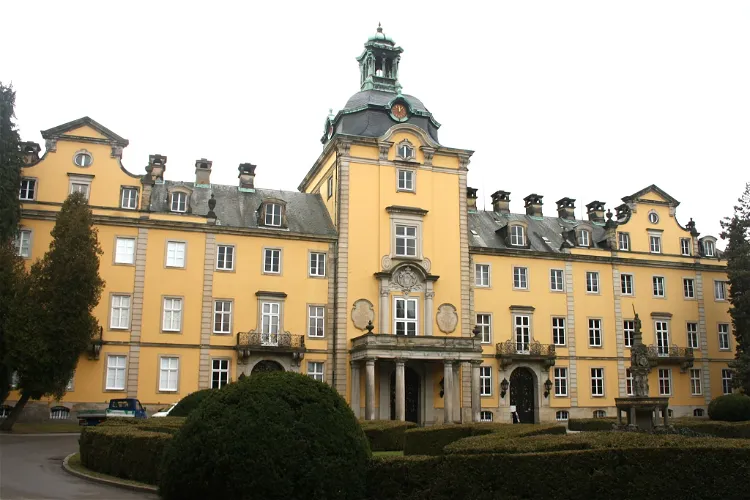
Schloss Bückeburg
BückeburgVisitors can explore Schloss Bückeburg through pre-booked tours. These tours offer a comprehensive experience of the castle, including themed tours that may include a visit to the mausoleum, a meal at the castle restaurant, or horse riding demonstrations. This provides a unique opportunity to delve into the history and culture of the castle and its surroundings.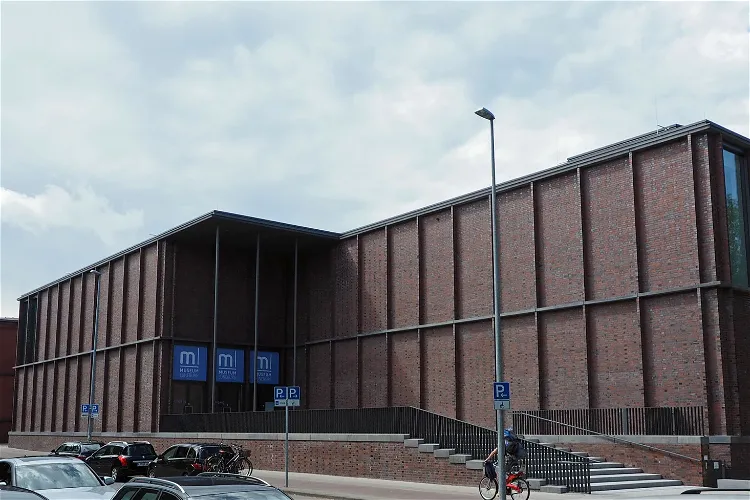
Museum Lüneburg
LüneburgMuseum Lüneburg is dedicated to the exploration of the cultural landscape of the Lower Saxon Hanseatic city of Lüneburg and its surroundings. It provides a comprehensive insight into the region's history, culture, and natural environment, making it a valuable destination for those interested in understanding the area's past and present.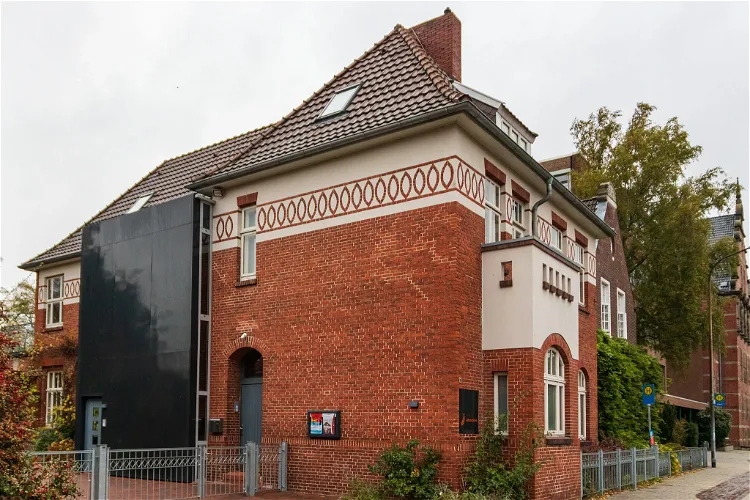
Ehemalige Jüdische Schule Leer
Landkreis LeerThe Former Jewish School in Leer, East Frisia, serves as a cultural and memorial site. The institution, run by the district, positions itself as a place of remembrance and commemoration. It hosts exhibitions and cultural events that focus on Jewish life, both in the past and present.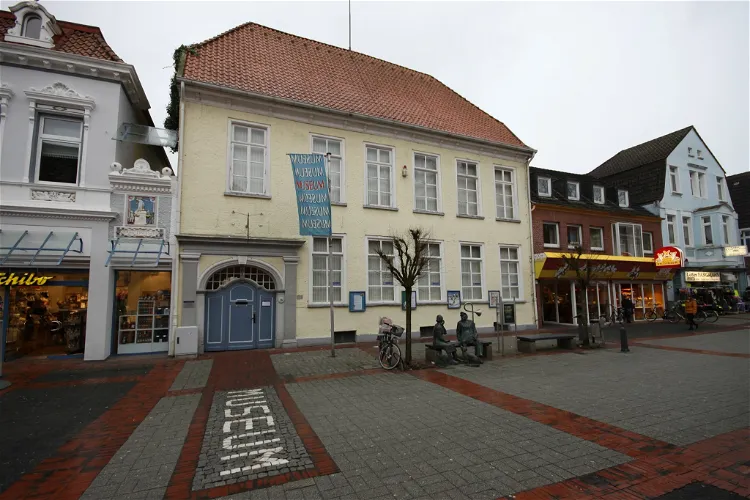
Aurich History Museum
Landkreis AurichThe Historical Museum of Aurich is situated in the East Frisian county town of Aurich. It is housed in a historical building known as the Old Chancellery. The museum is a part of the Ostfriesland Museum Association, a network of museums in the region that work together to promote and preserve the history and culture of East Frisia.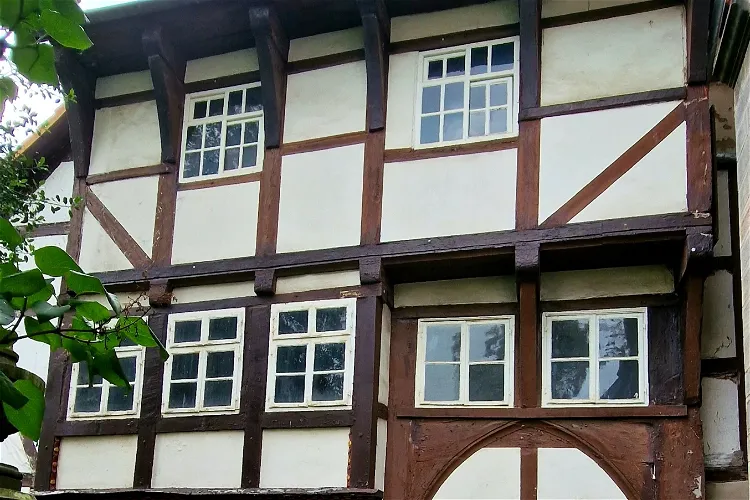
Städtisches Museum
GöttingenThe Städtische Museum Göttingen is a significant repository of the city's history and cultural heritage. It houses around 150,000 objects that trace the cultural evolution of Göttingen and its surroundings from the earliest settlements to the present day. This extensive collection provides a comprehensive insight into the city's past, making it a valuable resource for anyone interested in understanding the historical and cultural context of Göttingen.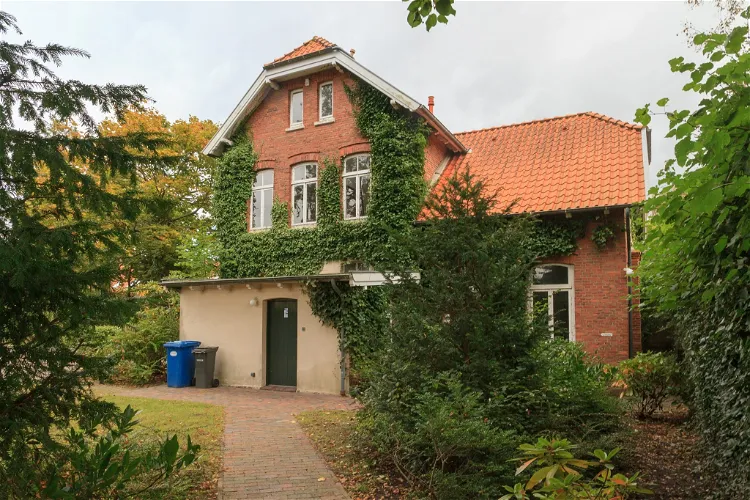
August-Gottschalk-Haus
EsensThe August-Gottschalk-Haus serves as a museum and memorial dedicated to the recent history of the East Frisian Jews in Esens. It provides a deep insight into the Jewish community's history and their experiences, making it a significant place for those interested in history and culture.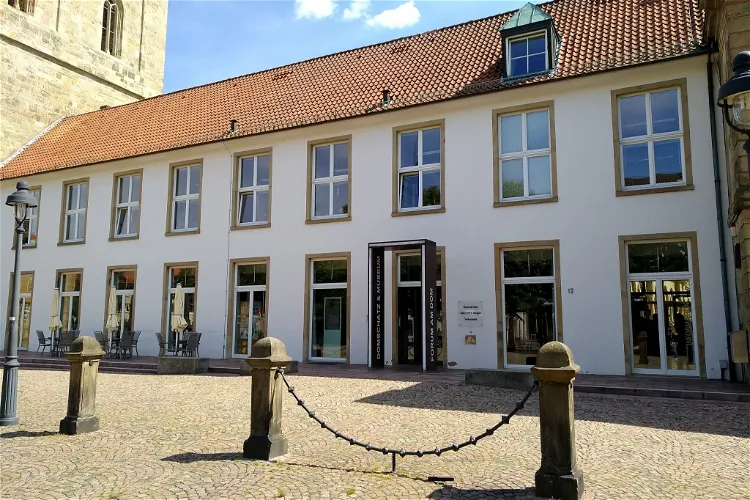
Cathedral Treasury and Diocesan Museum
OsnabrückThe Cathedral Treasury and Diocesan Museum is an integral part of the Diocese of Osnabrück. Its location, right next to the St. Peter's Cathedral, makes it easily accessible for visitors. The museum offers a unique opportunity to delve into the rich history and culture of the diocese.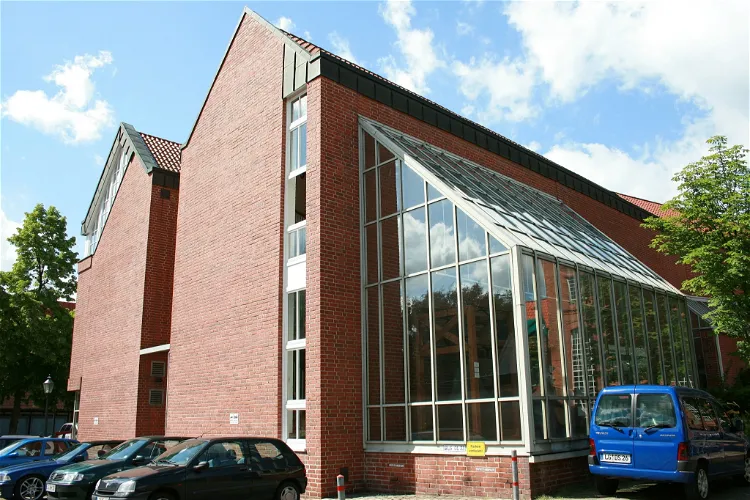
East Prussian Regional Museum
LüneburgThe East Prussian Regional Museum, located in Lüneburg, Lower Saxony in Germany, was established in 1987. This museum is a significant cultural institution that provides insights into the history, art, and culture of the former German province of East Prussia.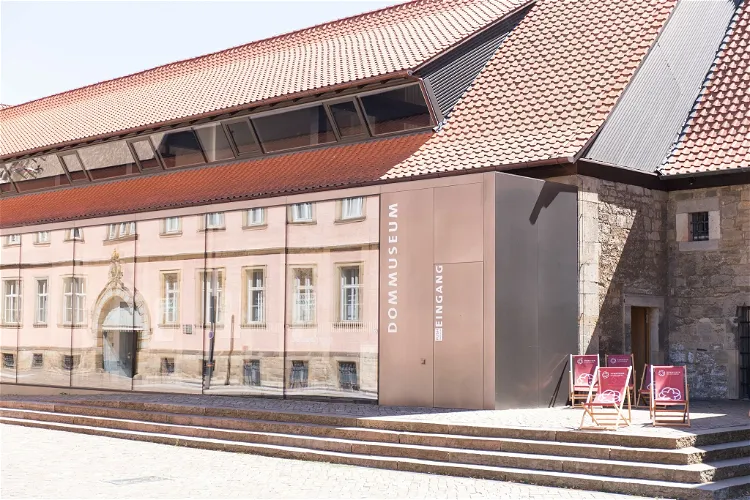
Hildesheim Cathedral Museum
HildesheimThe Hildesheim Cathedral Museum serves as the cathedral treasury and diocesan museum of the Hildesheim diocese. It is home to the cathedral treasure, which is recognized as part of the UNESCO World Heritage. This makes it a significant site for those interested in history, art, and religious artifacts.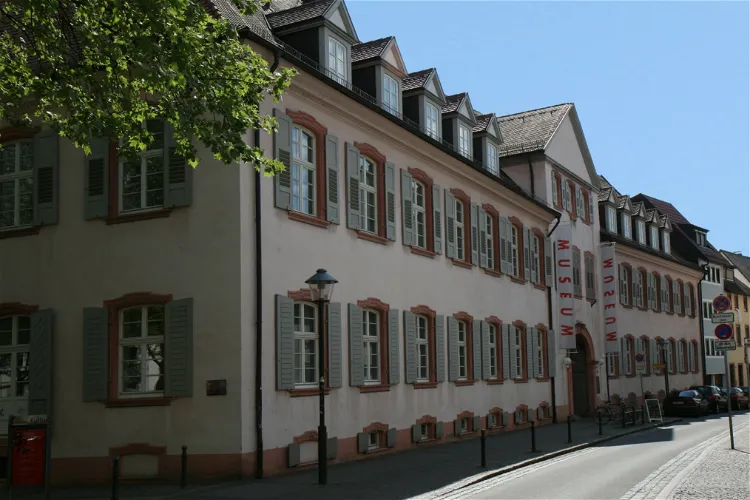
Museum im Ritterhaus
Osterode am HarzThe Museum im Ritterhaus, situated in Offenburg, Baden-Württemberg, is a historical institution that was inaugurated in 1900 by Carl Frowin Mayer. Originally, it was established as a 'Museum for Natural and Ethnology', showcasing a diverse range of exhibits related to natural history and ethnology.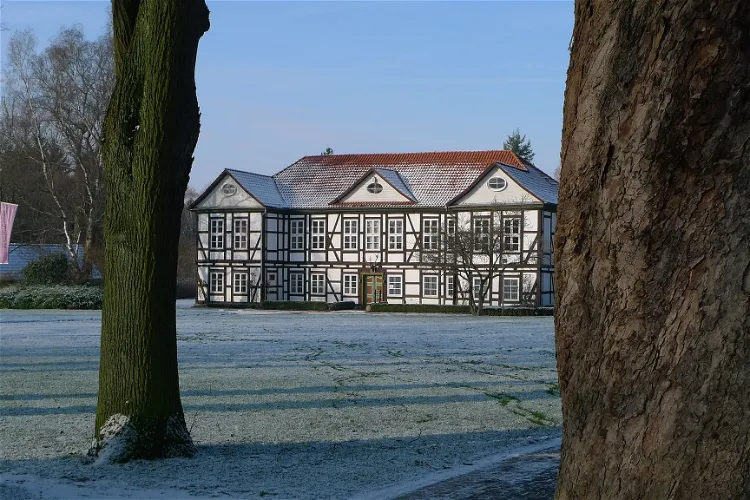
Städtisches Museum Seesen
SeesenThe Städtisches Museum Seesen is a municipal museum situated in the Lower Saxon town of Seesen. It is a significant cultural institution in the region, offering a wide range of exhibits that provide insights into the history and culture of the area.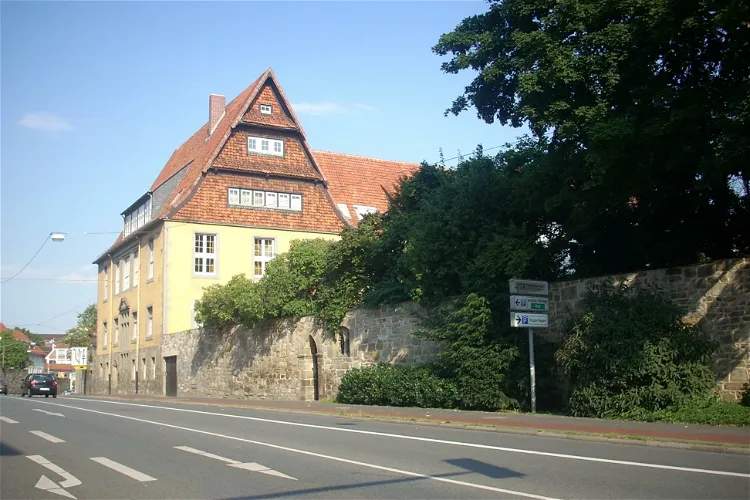
Bistumsarchiv
HildesheimThe Bistumsarchiv Hildesheim, located in the Lower Saxony city of Hildesheim, is the archive of the Diocese of Hildesheim. It houses a vast collection of documents, some of which date back to the 11th century. The archive spans approximately 4000 running meters and includes medieval collections that provide a glimpse into the past and present of the diocese.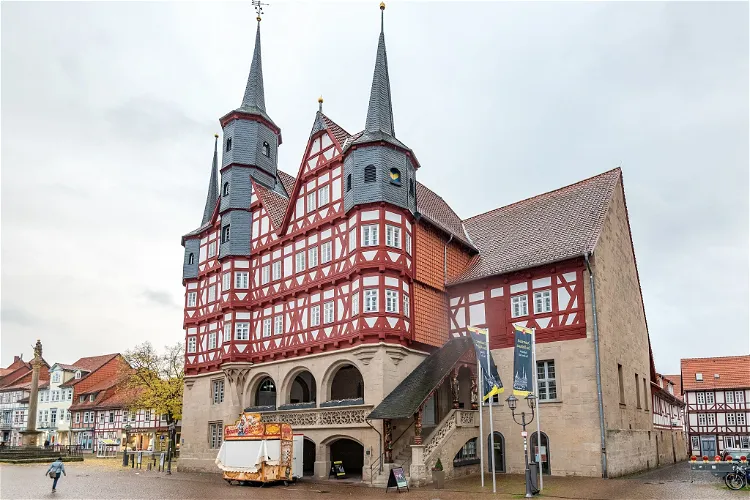
Historisches Rathaus
DuderstadtThe Duderstadt Town Hall, a protected monument, is located in the city of Duderstadt in the Göttingen district of Lower Saxony. The building's core, a two-story department store made of sandstone, was constructed around 1302/1303. This historical structure offers a glimpse into the architectural style and building materials used during that period.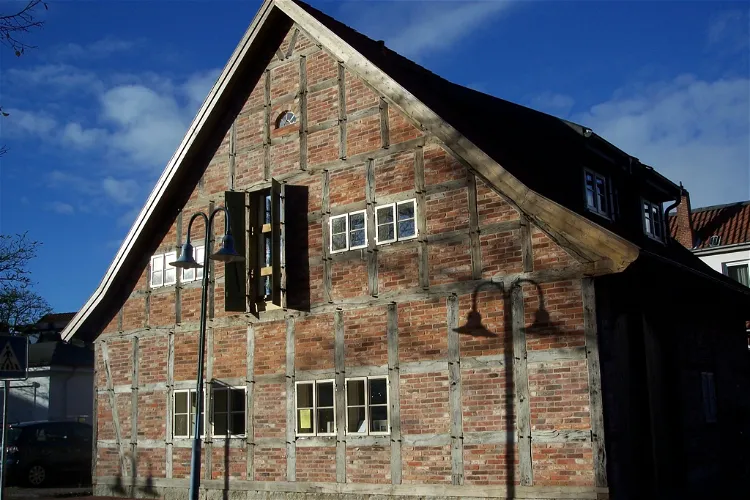
Cohn-Scheune
RotenburgThe Cohn-Scheune, located in Rotenburg (Wümme), Lower Saxony, is a cultural history museum that provides insights into the history of Judaism in the Rotenburg and Elbe-Weser area. The museum is housed in a small, two-story half-timbered building that is approximately 180 years old. The building was originally a workshop and not a barn, as the name might suggest. The museum was made possible through the support of the Cohn-Scheune Association and numerous donations.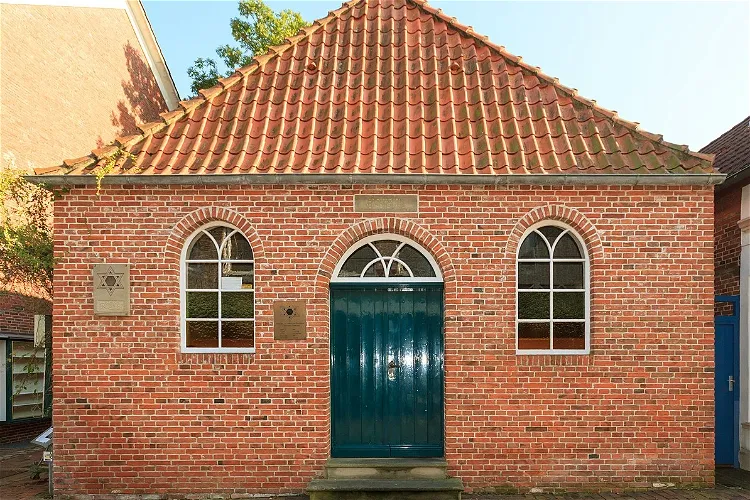
Gedenkstätte Synagoge Dornum
ResterhafeThe former synagogue in Dornum is a significant historical site, being the only one in East Frisia that has been largely preserved in its original state. It was used by the Jewish community of Dornum from 1841 until November 7, 1938. The last Jewish residents left Dornum in 1940. Today, the building serves as a memorial and Jewish museum, offering visitors a glimpse into the past and a deeper understanding of Jewish history in the region.- 19
Museum Portal zur Geschichte
Bad GandersheimThe Portal zur Geschichte is a permanent exhibition located in Bad Gandersheim. It is divided into two exhibitions, each situated at a different location. This unique setup allows visitors to explore various aspects of the region's history across multiple sites. - 20
Brunshausen Monastery
Bad GandersheimBrunshausen Monastery, situated in Brunshausen, a district of Bad Gandersheim, in Lower Saxony and the diocese of Hildesheim, is a former Benedictine abbey. This historical site was once chosen by the Ottonians as a seat of power due to its central location within their dominion and its strategic position on the army route connecting Mainz to Fulda, Northeim, and Hildesheim via the North Sea.